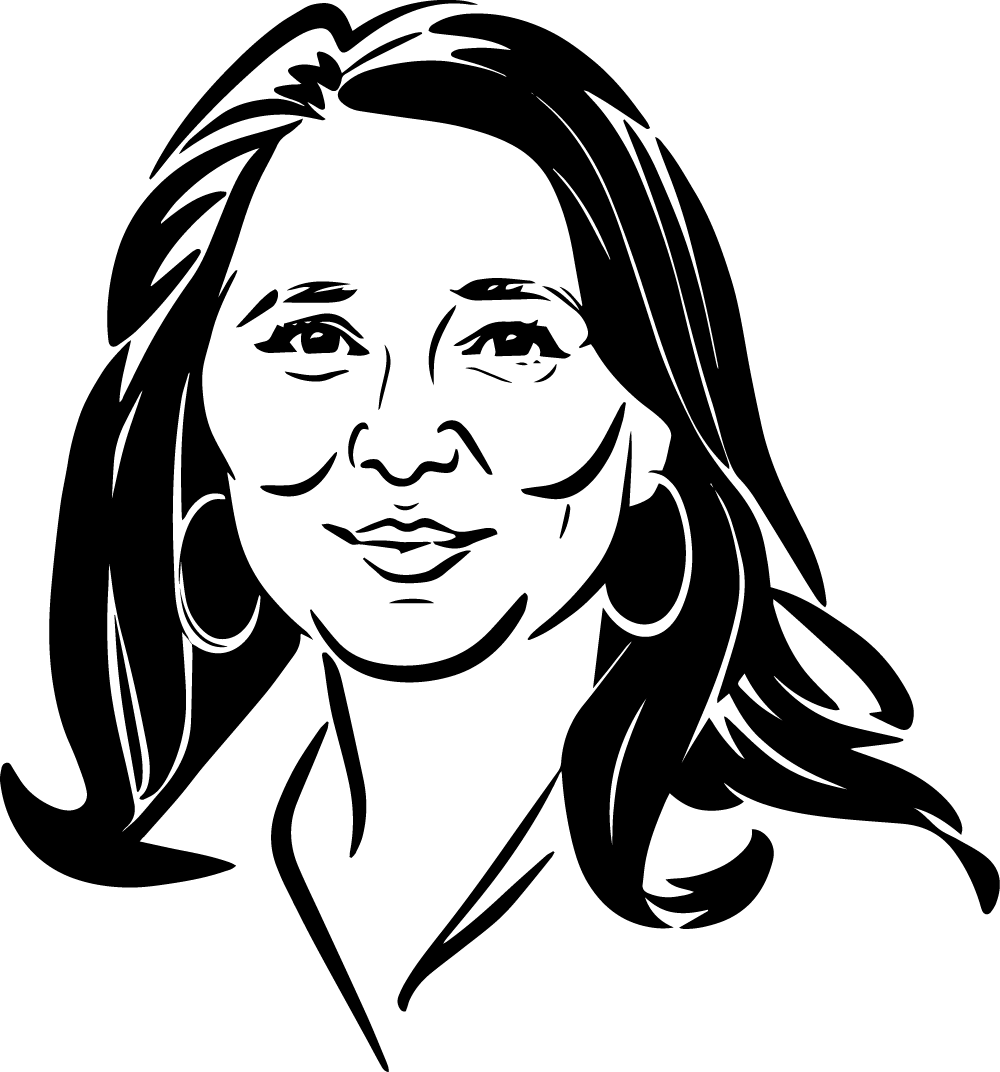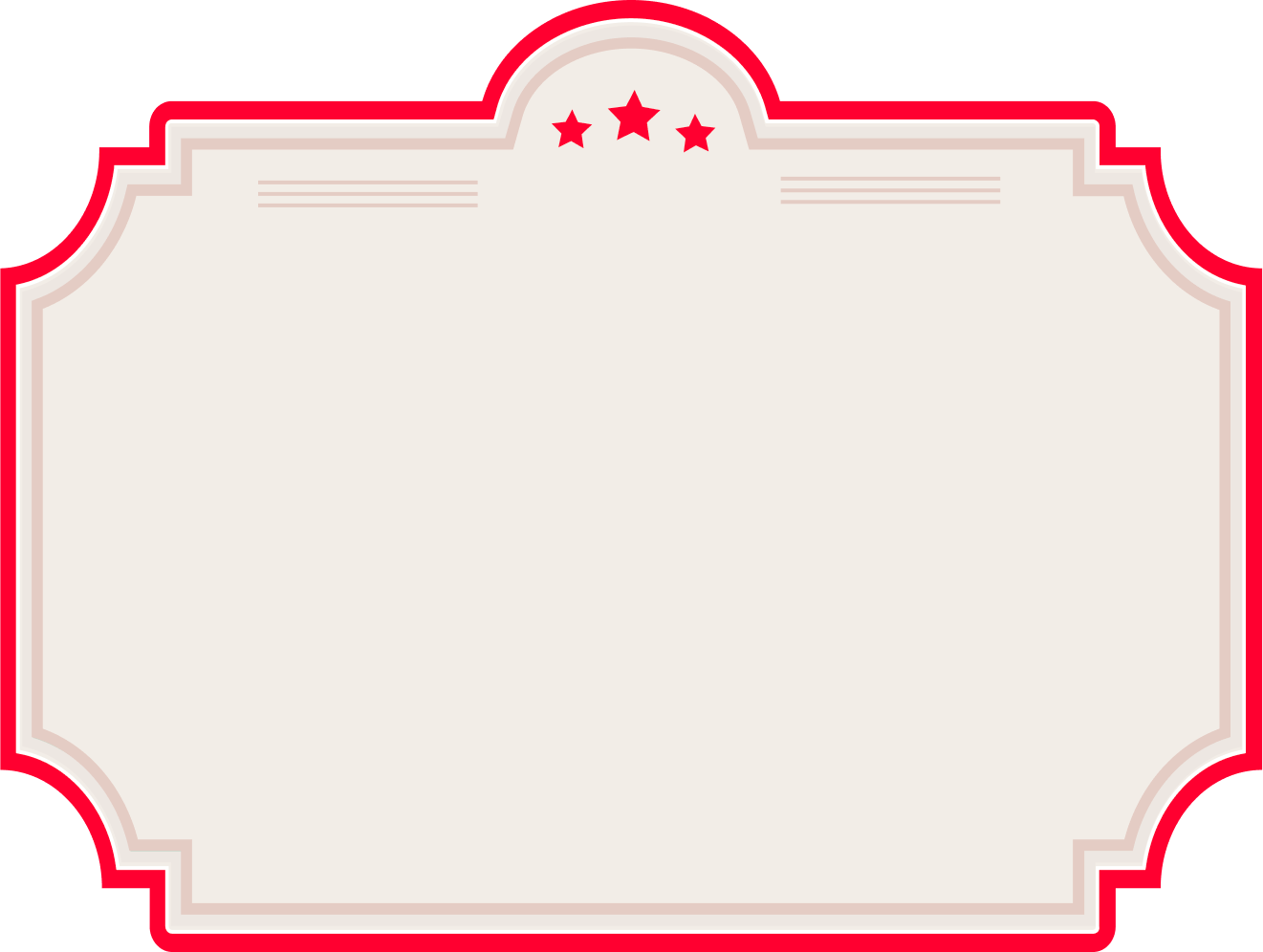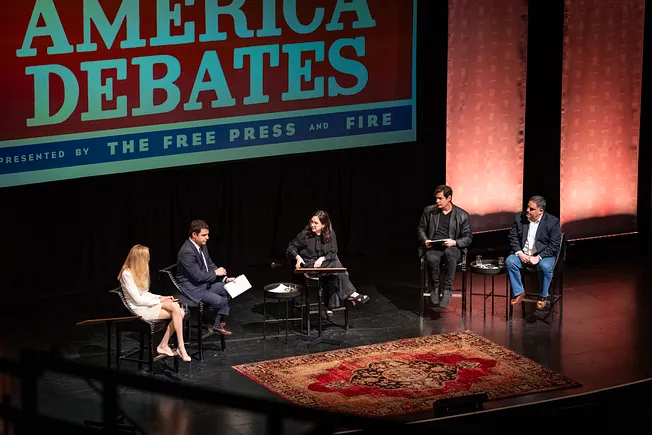I’m not a libertarian. I learned this when I was 23 and witnessed a libertarian arguing in favor of putting hard drugs in vending machines.
But I tend to really like libertarians. They are fun (see under: drugs in vending machines); they are intellectually consistent; and the fact that they tend to be on the losing side in the world of politics has left them with a great sense of humor.
The best group of libertarians I know congregate around Reason Magazine. One of them is today’s guest writer, Robby Soave.
Robby is the kind of journalist who annoys the rest of us because he is both more prolific and more cheerful than most. He is the author of a new book, called Tech Panic, which you can pre-order here.
I’m really happy to publish Robby Soave:
Nothing — not the botched vaccine rollout; not the forced small business closures; not the fact that we’ve watched until the end of Netflix — deserves more of our collective outrage than the fact that thousands of American public schools remain closed a year into this pandemic.
Over the past 12 months, an estimated 18 million American kids haven’t set foot inside of a classroom or have just started coming back for one day a week. That’s about one-third of all public school students, which number about 50 million. What’s most enraging is that this was entirely avoidable. The country’s teachers unions are committing a generational crime against the nations’ young.
When President Joe Biden was inaugurated on January 20, he pledged that in-person education would resume for most children within his first 100 days as president. To support school reopening efforts, the president asked Congress to allocate $130 billion in new funding for protective equipment, better ventilation, more space inside classrooms, and whatever else educators need.
Fast forward to today. The White House has all but given up on the goal of reopening schools. Last month, White House Press Secretary Jen Psaki, clarified that the president would consider the goal met if more than half of all schools were open for in-person instruction at least one day a week. To say that one-day-a-week in-person instruction is a reopening of schools is to lie.
In this, Psaki has followed the lead of various teachers unions across the country who have twisted the idea of “reopening” beyond recognition. To choose one of dozens of examples: In Fairfax County, Virginia, some public high schools are claiming that they have reopened — but the teachers are still at home. To facilitate this elaborate farce, the district hired hundreds of “classroom monitors,” i.e. new employees who chaperone the teenagers as they sit in their desks, stare at their laptops, and receive instruction from a teacher who is still virtual.
Education officials across the country are preparing families to live with this arrangement, not just for the rest of this school year, but for the next one as well. For instance, Mark Levine, a New York City Council member and chair of the council’s health committee, told CNN that it was too soon to commit reopening schools in September.
These are the same people who have insisted that we “trust the science.” So one might assume that there’s some scientific consensus against having teachers back in classrooms. Almost the opposite is true.
As the Centers for Disease Control and Prevention declared in January: there is no reason to think that schools are especially dangerous environments during the pandemic. In one major study published by the CDC that month, researchers looked at 17 elementary and secondary schools in Wisconsin and found that the infection rate was actually lower there than it was in the surrounding community.
We have known this for a while. Back in November, a look at the data from Florida showed minimal transmission in schools: Among elementary schools that had any COVID-19 infections at all, the average number of cases was just two. Evidence from other countries — from environments as dissimilar as Iceland and Australia — also casts doubt on the idea that schoolchildren are likely to be superspreaders.
Case in point: Washington D.C.’s Catholic schools have 17,000 students. Since the start of the school year, they have had only 200 known cases of COVID-19 and not a single hospitalization, even though most of the elementary school students are in-person every day (Catholic high school students in the diocese follow a hybrid model).
Most significantly, just 246 people under the age of 19 have died from COVID-19 in the U.S., according to recent data. More than 95% of deaths are among people older than 60. For the under-19 crowd, COVID-19 appears to be even less deadly than the flu.
But instead of trusting The Science (™), teachers unions are acting as if returning to schools is the equivalent of drinking the blood of a Covid-infected bat.
Several Chicago teachers used the art of dance to express their opposition to reopening schools “until it’s safe.” In their video, which was shared by the Chicago Teachers Union, the dancing teachers sway and repeat the word “safety” over and over again. “Not until it’s safe!” chanted New York City teachers as they marched in September. Some carried signs that read “no one is safe until every school is safe.”
Some union officials have made it sound like they believe this level of safety will only be achieved when all students are vaccinated — even though none of the vaccines are currently approved for people under the age of 17.
Public school teachers in Montgomery County, Maryland, have jumped the queue, and are now being vaccinated ahead of private school teachers and staff even though private schools are currently open, whereas public schools have been closed since last March. At least this means that public schools can finally open, right? Wrong: The state’s teachers union recently sent a scathing letter to Gov. Larry Hogan that shamed him for even suggesting that they should return to work.
Union leaders have repeatedly insisted that the time to open schools isn’t today, or tomorrow, or possibly even next year. Kimberly Adams, the head of the union in Fairfax, Virginia, for instance, opined that even if teachers have the opportunity to be vaccinated, school should not resume its full five-days-per-week schedule next fall. “Concern remains that students will not be vaccinated before they return to school,” said Adams.
Matt Meyer, president of the Berkeley Federation of Teachers, has fought efforts to reopen schools on the grounds that doing so would be unsafe. But Meyer sends his own two-year-old daughter to a private preschool that is open for in-person learning.
How have they gotten away with this? Most private institutions resumed in-person learning in September, while nearly half of all public school districts in the country remain online-only for at least part of the week.
The difference is twofold: financial incentives and the power of teachers unions.
Private schools must serve their customers in order to collect tuition, whereas public schools are funded by tax dollars, a funding source that is not dependent on the satisfaction of students or their families. Since public school teachers are protected by powerful unions — their salaries, benefits, and jobs are guaranteed, even if schools are closed — they have little incentive to take on any risk of being exposed to COVID-19, even if the risk is comparatively small. Their positions are secure, regardless.
That gives teachers unions an incredible amount of bargaining power, and they’ve put it to use. In July, Washington D.C. teachers dropped fake body bags on the doorstep of district headquarters to scare education officials into backing down on reopening. One of the body bags carried the message, “RIP FAVORITE TEACHER.” In New York City, teachers threatened not to show up for class, leaving the district scrambling. These exercises in pure emotional manipulation were wildly successful, as both cities delayed reopening plans numerous times throughout the fall.
The Chicago Teachers Union waged a lengthy war on its district’s reopening plans, attributing the drive to reopen to “racism, sexism, and misogyny.” This bewildering claim is, if anything, backward. Many of the students least served by virtual learning are underprivileged inner city kids of color. Meanwhile, more than 800,000 women have exited the workforce during the pandemic to help take care of their kids.
Randi Weingarten, president of the American Federation of Teachers, has worked tirelessly to thwart reopening at every turn. She recently cast doubt on whether schools could reopen even if some staff were vaccinated because “we don’t know whether a vaccine stops transmissibility.” Such thinking is excessively negative, as health experts have told the public that there is every reason to believe the COVID-19 vaccines will, at the very least, reduce transmissibility significantly. But Weingarten’s statement underscores the teachers unions’ approach to the issue: No matter how small the risk, school should remain virtual unless absolute safety is guaranteed. This is a demand to keep schools closed indefinitely.
“We have all these examples in a lot of states where they have been doing full-time school without major clusters of outbreaks in classrooms,” says Dr. Valerianna Amorosa, a professor of clinical medicine, infectious diseases expert, and a mother of three. “There’s more and more data from schools that opened. This outsized fear of having kids in school, there’s just no reason for it.”
Parents are understandably furious. “My family is active duty military, and just moved back to the U.S. from an overseas assignment two months before COVID,” says Janine Scianna, whose two children attend public school in Alexandria, Virginia. “Virtual learning has been extremely frustrating and disappointing, especially for my second grader. My husband is working in person at the Pentagon every day, so I carry the brunt of helping my kids learn online while also performing 100% at my job. Closed schools are affecting womens’ health and their livelihoods.”
I'm a libertarian, and thus I’ve long been an advocate for school choice, which involves giving government education funds directly to families and letting them choose how to best educate their kids. Maybe that means private school. Maybe it’s a public school in a different zip code. Maybe it’s something else entirely: Interest in homeschool has increased considerably during the pandemic. Legislatures in 28 states are considering bills that would fund “students instead of systems,” which could dramatically improve matters.
But right now, the public education system is entitled to our tax dollars, even if the service it provides doesn't actually meet the needs of the public. COVID-19 has made it obvious that families deserve more choices, never mind what teachers unions have to say about it.
“We pulled our kids from public, enrolled them in private, and are never looking back,” says Andy Millon, a northern Virginia parent. “If this manufactured disaster doesn't move the needle on school choice with the moderates, then nothing will.”
I’m bowled over by the amount of reader responses I’ve gotten to my last few columns. Thank you for your notes. I wanted to highlight a very thoughtful reply from Julia Schulman to Sergiu Klainerman’s essay about math, which ran Monday:
Thanks very much for sharing Dr. Klainerman’s essay. I spent the past year speaking with Jewish scientists and mathematicians who experienced anti-Semitism in the Soviet Union. While Dr. Klainerman is correct in that the Communist/Soviet systems held math and science in great esteem, his notion that it was a great equalizer requires context.
While all Soviet kids were able to compete in the mathematical olympiads during grade school, the math departments at the three most prestigious universities in the USSR prioritized antisemitism over mathematical pursuits. Many of the most brilliant and promising Jewish mathematicians “failed” the university entrance exams and were forced into second or third tier universities. I elaborate on this phenomenon in this essay, published last month in Tablet.
Several of the mathematicians that I interviewed compared their experiences in the Soviet Union to current developments in their American university math departments. One said that the dean of the math department at his very prestigious university cited statistics about the ethnic makeup of the incoming class and noted that the math department should aspire for next year’s class to be more representative of the ethnic makeup of the state. (He was unknowingly nearly quoting the Soviet system.) Not surprisingly, the math professor wouldn’t discuss this episode publicly for fear of career suicide.
Part of the reason that I embarked to document the Soviet Jewish experience in the sciences is to highlight the brain drain that occurred in Russia when ideology was prioritized over scholarship.
It’s a cautionary tale that I hope Americans will heed.








